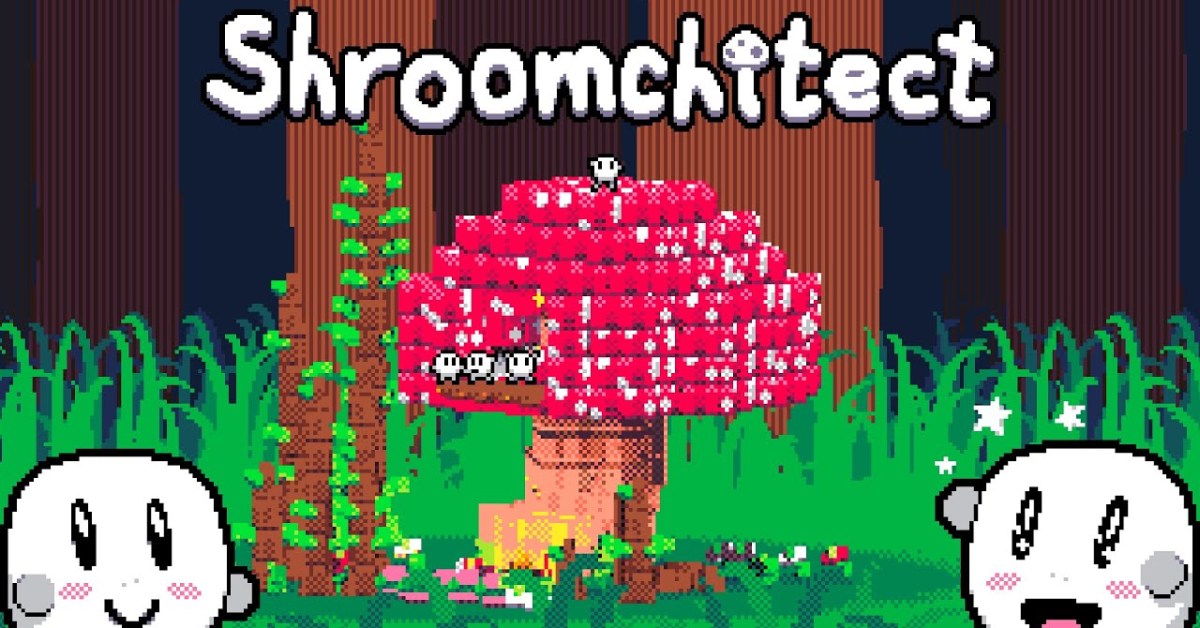## Forget jump scares and slasher flick tropes, the world’s scariest monsters lurk beyond American borders.
Forget haunted houses in the suburbs and masked killers stalking teenagers. Polygon recently dropped a bombshell: the most compelling horror games aren’t confined to American backyards. They’re exploring the chilling folklore and unsettling societal anxieties of cultures around the globe.

The Immersion Factor: Building Believable Worlds Through Detail
Finnish Cottage 8

Finnish Cottage 8, a recent indie horror game from Savukivi Games, exemplifies this principle beautifully. Released in March, the game takes place in a mökki, a traditional Finnish summer cabin. The seemingly mundane setting – a rustic cabin in the woods – becomes decidedly unsettling as the player encounters disturbing anomalies. A constant drip of blood from the ceiling, a fireplace roaring over a pile of bones, and a faceless man hovering near the sauna create a palpable sense of unease. The game’s effectiveness lies in its ability to ground the horrific in the familiar. The player can easily imagine this as a cozy vacation spot, making the emergence of the grotesque all the more jarring.

The Art of Atmosphere
The creation of a truly immersive and unsettling horror experience goes beyond simply placing disturbing elements in a believable setting. It requires a carefully cultivated atmosphere that draws the player in and makes them feel truly vulnerable. Visual style, sound design, and narrative choices all play crucial roles in crafting this atmosphere.
- Visual Style:
- Sound Design:
- Narrative Choices:
Visuals are paramount in setting the tone and building tension. A darkened palette, flickering lights, distorted perspectives, and unsettling imagery can all contribute to a sense of dread and unease.
Sound is a powerful tool for manipulating the player’s emotions. A carefully curated soundtrack, with jarring noises, whispers, and oppressive silence, can amplify the horror and create a truly immersive experience.
The story itself can also contribute to the atmosphere. Leaving room for ambiguity, hinting at unseen horrors, and gradually revealing unsettling truths can create a sense of creeping dread and keep the player on edge.

Gamestanza’s Take
Gamestanza believes that exploring diverse cultural settings is crucial for pushing the boundaries of horror gaming. Games like Detention and Devotion demonstrate the power of tapping into regional mythology and history to create truly unique and unsettling experiences.
We encourage our readers to venture beyond the familiar and explore the chilling possibilities that global horror has to offer.

Looking Forward: The Future of Global Horror Games
Beyond the Big Three
While established developers like Konami and Capcom continue to produce influential horror experiences, the indie scene is flourishing, with a growing number of creators drawing inspiration from diverse cultural backgrounds.
Games like Finnish Cottage 8, The Mortuary Assistant (inspired by folklore from the creator’s own background), and Bendy and the Ink Machine (drawing on classic American cartoons and urban legends) demonstrate the incredible creativity and innovation happening within the indie horror community.

Expanding Horizons
Supporting and showcasing these diverse voices is essential for enriching the horror genre and ensuring that it continues to evolve and surprise players.
By embracing global perspectives, horror games can tap into a wider range of fears and anxieties, creating truly unforgettable and thought-provoking experiences.
An Invitation to Explore
Gamestanza invites its readers to embrace the world of global horror gaming.
Explore the chilling landscapes of Japan, the dark corners of Taiwan, the haunting beauty of Finland, and beyond.
You might just discover your next favorite horror game.
Conclusion
Beyond Borders: Unpacking the Global Horror Game Revolution
In our exploration of horror games set outside the US, as highlighted in Polygon’s thought-provoking piece, we’ve uncovered a rich tapestry of narratives, atmospheres, and settings that shatter the conventional boundaries of the horror genre. The article masterfully weaves together examples such as ‘Visage,’ ‘The Last Door,’ and ‘Doki Doki Literature Club!’ to demonstrate how games set in international locales can tap into the unique cultural and historical contexts of their respective regions, resulting in a more nuanced and captivating experience. By doing so, these games transcend the typical Western-centric horror tropes and instead, offer a refreshing and unsettling perspective on the genre.
The significance of this phenomenon lies in its ability to challenge our perceptions of horror and its relationship with culture. By embracing global settings and influences, horror games can tackle complex themes and issues that are deeply rooted in the local context, yet universally relatable. This shift in focus not only expands the scope of the horror genre but also opens up new avenues for storytelling and world-building. As the gaming industry continues to evolve, it will be fascinating to see how game developers incorporate more international settings and themes, pushing the boundaries of what we consider “horror” and expanding the genre’s global reach.
As we look to the future, one thing is certain: the global horror game revolution will continue to captivate and terrify us in equal measure. As we venture further into the uncharted territories of the gaming world, one question remains: what terrors will we uncover when we dare to look beyond the boundaries of our own cultural narratives?